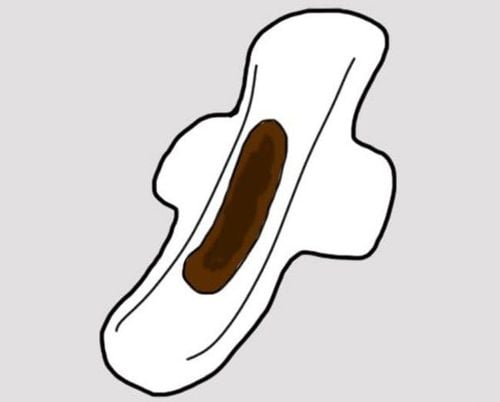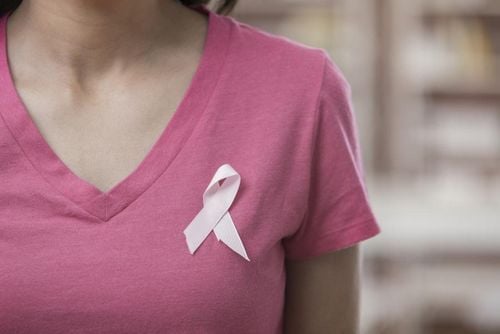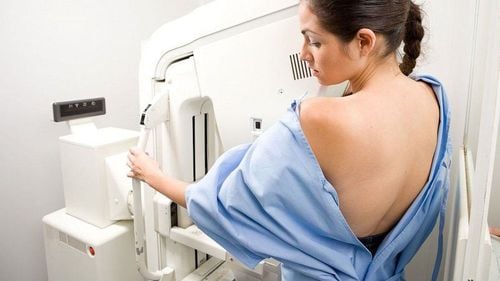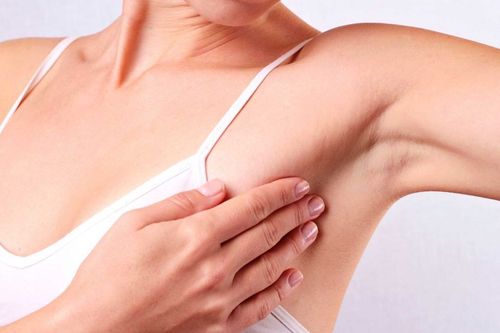This is an automatically translated article.
The article was professionally consulted by Specialist Doctor I Le Hong Lien - Department of Obstetrics and Gynecology - Vinmec Central Park International General Hospital.Solid breast tissue is detected on mammograms. Women with dense breast tissue have a higher risk of breast cancer than the general population. Dense breast tissue also makes screening for breast cancer more difficult.
1. What is dense breast tissue?
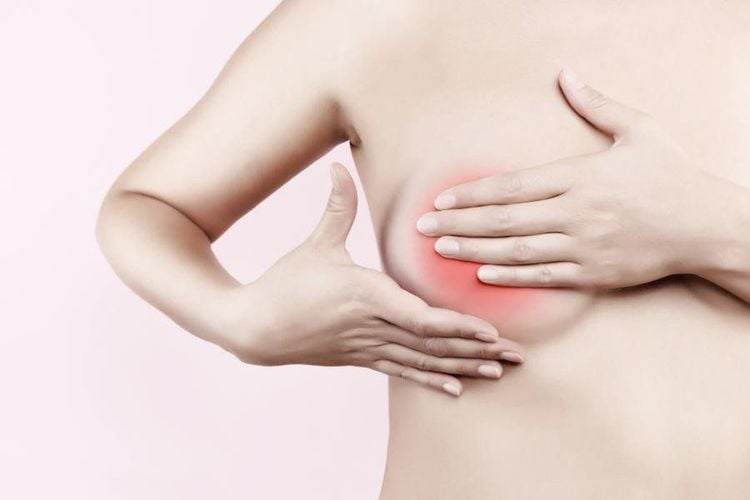
Solid breast tissue observed and detected based on mammography. It is a common common finding. On the mammogram, the breast tissue is colorless, dark, and transparent. Solid breast tissue appears as a solid white area on a mammogram, making it difficult to see through.
Trắc nghiệm: Những lầm tưởng và sự thật về ung thư vú
Ung thư vú có tỷ lệ tử vong cao nhất ở nữ giới khiến họ rất lo sợ bản thân mắc phải căn bệnh này. Tuy nhiên, không ít chị em có những hiểu biết thái quá về ung thư vú. Thử sức cùng bài trắc nghiệm sau sẽ giúp bạn loại bỏ được những nghi ngờ không đúng về căn bệnh này.
Bài dịch từ: webmd.com
2. How to identify dense breast tissue?
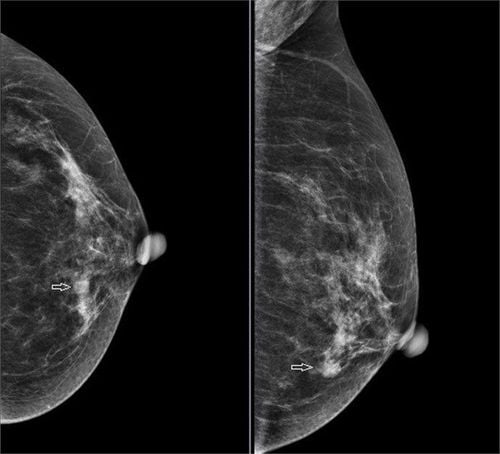
A: Breast tissue contains mostly fat: This result indicates that breasts contain almost exclusively tissue fat. About 1 in 10 women have this result B : Scattered breast tissue: This result shows some areas of scattered breast tissue, most of which is non-solid. About 4 in 10 women have this result C: Inhomogeneous density: Indicates that there are some areas of non-dense tissue, but most of the breast tissue is dense. About 4 in 10 women get this result D: Extremely dense: Shows that nearly all breast tissue is dense. About 1 in 10 women have this result. In general, women whose breasts are classified as heterogeneous or extremely dense are considered to have dense breasts. About half of women who undergo a mammogram have dense breast tissue.
3. What causes dense breast tissue?

Younger: Breast tissue tends to become less dense as you age, although some women can have dense breast tissue at any age Have a mass index low body mass: Women with less body fat are more likely to have dense breast tissue than obese women Taking hormone therapy for menopause: Women taking combined hormone therapy to reduce symptoms Menopausal signs and symptoms are more likely to have thick breasts than other women.
4. Why is it important to identify solid breast tissue?
Thick breasts affect you in two ways:Increases your risk of breast cancer that goes undetected with mammograms, as dense breast tissue can hide potential cancers Increase risk of breast cancer breast cancer, although doctors aren't sure why.
5. Breast Cancer Screening Tests
5.1 Mammograms Most health organizations recommend that women at risk for breast cancer have regular mammograms starting at age 40 and have repeat screenings every year.Women with thick breasts despite having no other breast cancer risk factors, are still considered to have a higher-than-average risk of breast cancer. Annual breast cancer screening is important to these people.
Dense breast tissue makes mammograms more difficult to visualize, as cancer and dense breast tissue both appear as a white color on mammograms. Very dense breasts carry a risk of breast cancer but are difficult to detect based on mammography.
Despite concerns about detecting cancer in people with dense breast tissue, mammograms remain an effective screening tool. The most common type of mammogram - digital mammography, which saves images of the breasts as a digital file instead of a film and allows for more detailed analysis. This technique is more effective at finding cancer in solid breast tissue than older film mammography.
5.2 Other tests Additional tests to screen for breast cancer may include:
3-D mammogram : Using x-rays to collect multiple pictures of the breast from many angles. The images are synthesized by a computer to form a 3-D image of the breast. Many mammogram centers are transitioning to incorporate 3D mammograms as part of standard mammography technology. Breast MRI: MRI uses magnets to create images of the breast. MRI does not use radiation. Breast MRI is recommended for women who are at very high risk for breast cancer, such as those with genetic mutations that increase the risk of cancer Breast ultrasound : An ultrasound that uses sound waves to analyze breast tissue . Diagnostic ultrasound is commonly used to check for areas of concern detected on mammograms Molecular breast MRI: MBI, also known as breast-specific gamma imaging, uses a special camera ( gamma camera) records the activity of the radioactive tracer. The tracer is injected into a vein in the arm. Normal and cancerous tissue react differently to the tracer, which can be seen in the images produced by the gamma camera. The MBI is done every year in addition to the annual mammogram. Every test has its pros and cons. While each of these tests has been shown to find more breast cancers than mammograms, none of these new imaging tests has been shown to reduce the risk of dying from cancer. breast cancer, as is done with standard film mammograms.
Diagnostic Imaging Department of Vinmec International General Hospital with new generation 3D breast ultrasound and MRI machine with a team of experienced and skilled doctors. Customers who visit periodically, please come directly to Vinmec Health system nationwide or contact the hotline here for support.
Vinmec International General Hospital provides customers with breast cancer screening packages with bilateral breast ultrasound methods, mammograms to check and screen for pathology.
Customers can directly go to Vinmec Health system nationwide to visit or contact the hotline here for support.
MORE:
3 breast cancer screening methods for high accuracy Breast cancer: Signs, causes, prevention and treatment Why do you need a breast MRI?





